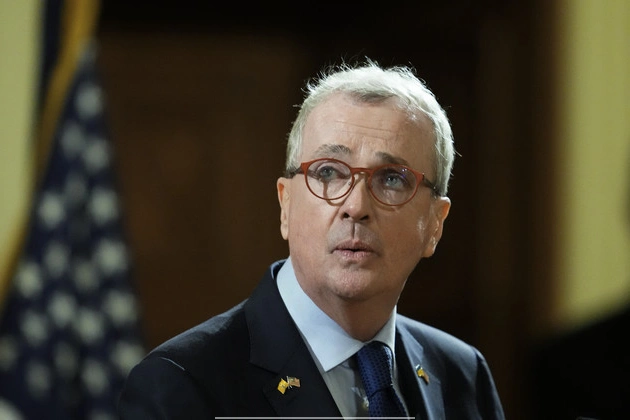
The FAA is taking significant steps to enhance safety measures near Ronald Reagan Washington National Airport following the tragic midair collision in January. Acting Administrator Chris Rocheleau announced the permanent suspension of helicopter routes and other safety protocols during a recent Senate Commerce aviation subpanel hearing.
Addressing Past Oversights
Under intense questioning, Rocheleau acknowledged the FAA’s historical shortcomings in responding to near-collision warnings in the congested D.C. airspace. He admitted, “Clearly, something was missed,” highlighting the need for proactive safety measures.
Key Safety Initiatives
Rocheleau detailed the FAA’s actions, including the suspension of helicopter routes near the airport as per NTSB recommendations. Additionally, all aircraft near the airport are now required to activate transmitting technology for enhanced air traffic control monitoring.
Challenges and Criticisms
Despite these efforts, concerns persist among senators, especially regarding the continued operation of approximately 45 helicopter operators near Reagan National. Lawmakers criticized the delayed response to warning signs and urged broader safety enhancements.
NTSB Findings and Future Focus
The NTSB’s alarming discovery of numerous close-call incidents between airplanes and helicopters at Reagan between 2021 and 2024 underscores the urgency for improved aviation safety. The fatal crash in January involving an Army Black Hawk helicopter and a regional jet further emphasizes the need for robust safety protocols.
Call for Accountability
Lawmakers like Sen. Maria Cantwell emphasized the importance of swift action and accountability. Cantwell questioned the delays in implementing necessary changes post-accident and highlighted the critical role of all agencies, including the Army, in ensuring aviation safety.
Future Safety Measures
Efforts are underway to enhance monitoring and compliance, with a focus on improving helicopter routes, transponder policies, and data utilization. The collaboration between regulatory bodies and stakeholders aims to prevent future tragedies and strengthen overall aviation safety.
FAA’s Technological Advancements
Deploying artificial intelligence tools to identify potential risk areas at airports demonstrates the FAA’s commitment to leveraging technology for enhanced safety. Machine learning algorithms will aid in analyzing incident reports and data sources to proactively address safety concerns.











